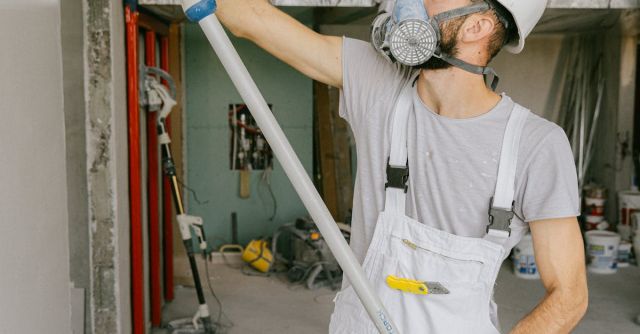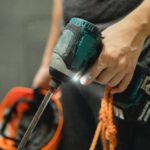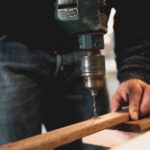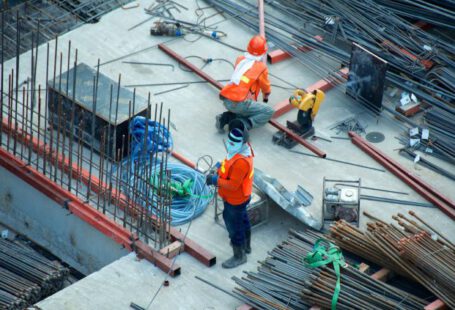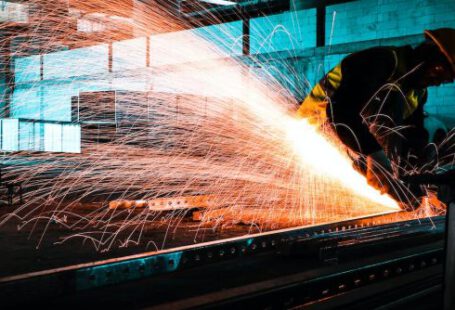The construction industry is a dangerous place to work, with numerous potential hazards that can cause serious injury or even death. From falling objects to hazardous materials, the environment is constantly changing and workers must be aware of their surroundings to stay safe. One of the most important pieces of safety equipment for any construction site is a respirator. Respirators protect workers from the many dangers of the construction industry, from dust and debris to toxic gases.
What is a Respirator?
A respirator is a device that is worn over the nose and mouth to filter out potentially harmful particles in the air. It is typically used in areas where there is a risk of breathing in hazardous chemicals or particles, such as on construction sites. Respirators come in a variety of different styles, materials, and sizes, and are designed to fit a variety of face shapes and sizes.
Types of Respirators
There are two main types of respirators: air-purifying respirators (APRs) and supplied-air respirators (SARs). APRs filter out particles from the air by using a cartridge or filter, while SARs provide a continuous stream of clean air from an external source, such as a compressor or air cylinder. APRs are typically used in environments with lower concentrations of hazardous substances, while SARs are used in more hazardous environments, such as asbestos removal.
Why Respirators Are Essential
Respirators are essential for keeping workers safe on construction sites. With the variety of potential hazards on these sites, from dust and debris to hazardous gases and chemicals, a respirator can provide the necessary protection to ensure worker safety. Respirators are designed to protect the wearer from the potentially harmful particles in the air, and are often used in conjunction with other forms of personal protective equipment (PPE) such as safety goggles and hard hats.
When to Wear a Respirator
Respirators should be worn any time workers are exposed to hazardous materials or particles. This includes times when workers are operating machinery, working with hazardous chemicals, or working in dusty environments. Respirators should also be worn when workers are in confined spaces, such as crawl spaces and attics, as these can contain hazardous particles.
How to Use a Respirator Properly
To ensure proper protection, it is important that respirators are used correctly. Workers should be trained on how to properly fit, adjust, and use their respirator, as well as the procedures for cleaning and storing it. To ensure a proper fit, workers should be fit-tested with their respirator. This involves the wearer performing a series of breathing exercises while wearing the respirator to ensure it is providing the necessary protection.
Conclusion
Respirators are essential for construction site safety, providing necessary protection from the many potential hazards on the job. To ensure the respirator is providing the necessary protection, workers should be trained on how to properly use and care for their respirator, and be fit-tested to ensure a proper fit. By following these steps, workers can ensure they are protected from the potentially harmful particles in the air.

